Over the past few years, my experience with servers has evolved from basic usage to in-depth testing. Whether it’s setting up personal websites, running large-scale data analysis platforms, or testing various electronic products, servers have become an indispensable part of my daily work and experiments. Initially, I only cared whether a server could keep a website running. Over time, I realized that choosing the right server not only affects speed and stability but also directly impacts data security, user experience, and operational efficiency. Today, I want to share my observations and experiences with servers, exploring server types, performance metrics, management methods, and future trends.
1. Basic Concepts of Servers
In simple terms, a server is a computer system that provides computing, storage, and network services, allowing access to data, files, websites, or applications.
From a usage perspective, servers can be categorized as follows:
- Web servers: Host websites and provide webpage services, commonly running software such as Apache or Nginx.
- Database servers: Store and manage data, e.g., MySQL, PostgreSQL, MongoDB.
- Application servers: Run applications and backend logic, supporting various software frameworks.
- File servers: Dedicated to storing, backing up, and sharing files.
- Virtual servers: Using virtualization, a single physical server is divided into multiple virtual servers, each running independently.
When I first used shared hosting, server resources were fully shared, and performance fluctuated significantly based on other users’ activity. Later, I tried VPS and dedicated servers, experiencing the stability and control brought by independent resources. This was my first real understanding of the importance of server performance.
2. Server Performance Metrics
Performance metrics are the primary consideration when selecting a server. After extensive testing and research, I identified several key metrics:
- CPU Performance
The CPU determines the processing speed of a server. For data analysis, application execution, or websites with high concurrency, a high-performance CPU significantly reduces response delays. Multi-core processors and high clock speeds are particularly important for performance-intensive tasks. - Memory (RAM)
The size and speed of memory directly affect a server’s ability to handle concurrent tasks. Large traffic or frequent database queries require sufficient RAM to ensure fast responses and prevent frequent disk swapping, which can degrade performance. - Storage Type and Capacity
Modern servers primarily use SSD or NVMe storage, offering significantly faster read/write speeds than traditional HDDs. In my testing, SSDs greatly reduced page load times and data transfer delays for image, video, or large data processing tasks. - Network Bandwidth and Latency
The quality of a server’s network connection determines user access speed and stability. Insufficient bandwidth or high latency can slow website access or disrupt data transfer. Low latency and high-speed connectivity are crucial for remote work or international access. - Scalability
As business grows, servers need scalability. This can be achieved through adding hardware, virtualization, or cloud-based expansion to accommodate increasing traffic and data processing needs. - Stability and Reliability
Stability is the core metric for servers. The higher the uptime, the lower the risk of business disruption. In my experience, servers with 99.9% uptime rarely faced access interruptions.
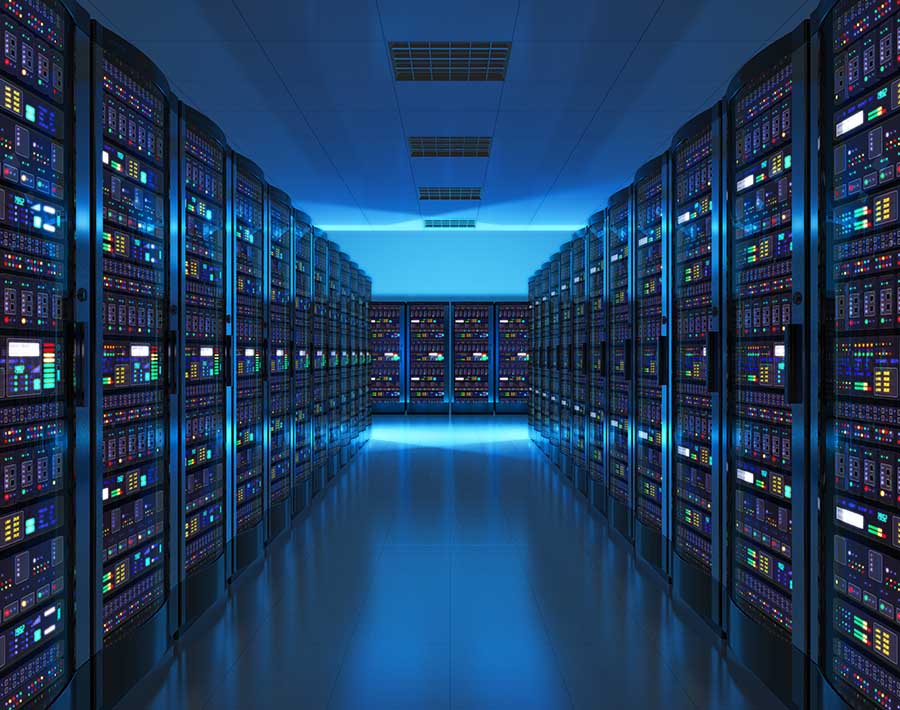
3. Server Types and Applications
- Shared Servers
Shared servers are like multiple users sharing the same physical machine. Advantages include low cost and easy entry; disadvantages are limited performance and potential impact from other users. Suitable for small websites or personal blogs. - Virtual Private Servers (VPS)
VPS divides a physical server into independent environments, giving each user dedicated resources. It balances performance and cost, making it ideal for small to medium websites or applications. Running electronic product databases and review websites on VPS noticeably improved response speed and backend fluidity. - Dedicated Servers
Dedicated servers provide full access to all resources of a physical machine, offering the highest performance but at a higher cost. They are suitable for high-traffic, data-intensive, or security-sensitive websites. Using a dedicated server allowed me to test high-definition images, videos, and large-scale data processing tasks efficiently. - Cloud Servers
Cloud servers use distributed architecture with elastic resource scaling. If one node fails, the system automatically switches to another, ensuring uninterrupted service. I experienced seamless scalability and high reliability when handling large review databases on cloud servers, ideal for content-heavy sites with fluctuating traffic.
4. Server Management and Maintenance
Server management is crucial for operational efficiency. Management approaches include self-managed and managed servers:
- Self-managed servers: Users install the system, configure environments, perform security measures, and conduct regular backups themselves. I personally configured Linux systems, installed databases and applications, which, though time-consuming, helped me master core server management skills.
- Managed servers: Providers handle system maintenance, security, and backups. Managed solutions reduce operational overhead, allowing more focus on content creation and performance optimization.
Automated management tools and control panels are increasingly common, enabling one-click website deployment, SSL configuration, database management, and performance monitoring, greatly improving efficiency.
5. Server Security and Data Protection
Server security directly affects website operations and user trust. Common measures include:
- Firewalls and intrusion detection systems
- DDoS attack protection
- Automated backups and data recovery
- SSL/TLS encryption and access control
I found in testing that even small servers without proper security strategies can suffer data loss or access interruptions. Choosing servers with multi-layered protection is critical.
6. Future Trends of Servers
Based on my market observation and technical insights, future server trends include:
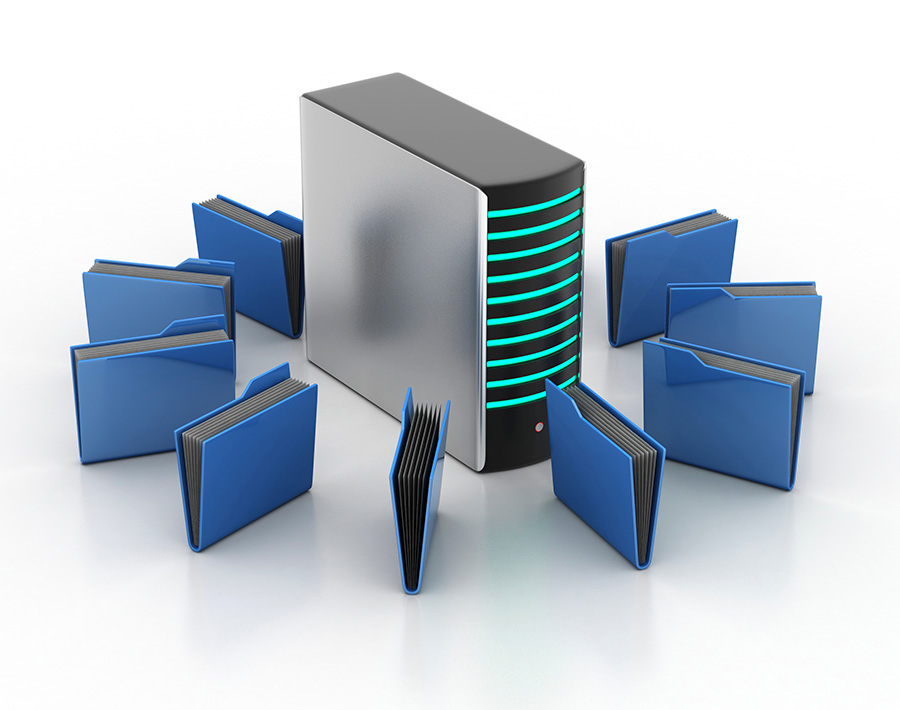
- Intelligent Management
AI and automation will optimize resource allocation, performance, and error handling, reducing human intervention. - Cloud and Hybrid Architectures
More server solutions will combine cloud technologies with local resources, achieving high elasticity, reliability, and flexible deployment. - High-Performance Storage and Computing
SSD/NVMe storage, GPU-accelerated computing, and multi-core processors will become standard to meet the demands of big data, AI computation, and high concurrency. - Globalization and Low Latency
Distributed nodes and intelligent routing will accelerate global access and improve user experience. - Security and Compliance
Automated security, data privacy, and regulatory compliance will become key standards for server selection.
7. Implications for Electronic Product Content Platforms
For electronic product review sites or content platforms, server choice directly impacts page load speed, database responsiveness, and user experience. Key considerations I noted include:
- Stability: High uptime to avoid content access interruptions.
- Performance: Fast responses and high concurrency handling.
- Scalability: Quick resource expansion during traffic peaks.
- Security: Protect content and user data from attacks.
- Ease of Management: Managed or automated servers reduce operational workload.
8. Servers as a Long-Term Investment
Many view servers merely as part of website costs, but in my perspective, they are a long-term investment. High-quality servers enhance access speed, secure data, improve user experience, and support sustainable growth.
Whether VPS, dedicated, or cloud servers, each represents different technical paths and use cases. In the future, with increased intelligence, automation, globalization, and security, servers will not just support website operation—they will be the stable foundation for content platforms, data analysis systems, and electronic product testing environments. Choosing a reliable, high-performance, and secure server is essential for long-term growth and high-quality experiences.







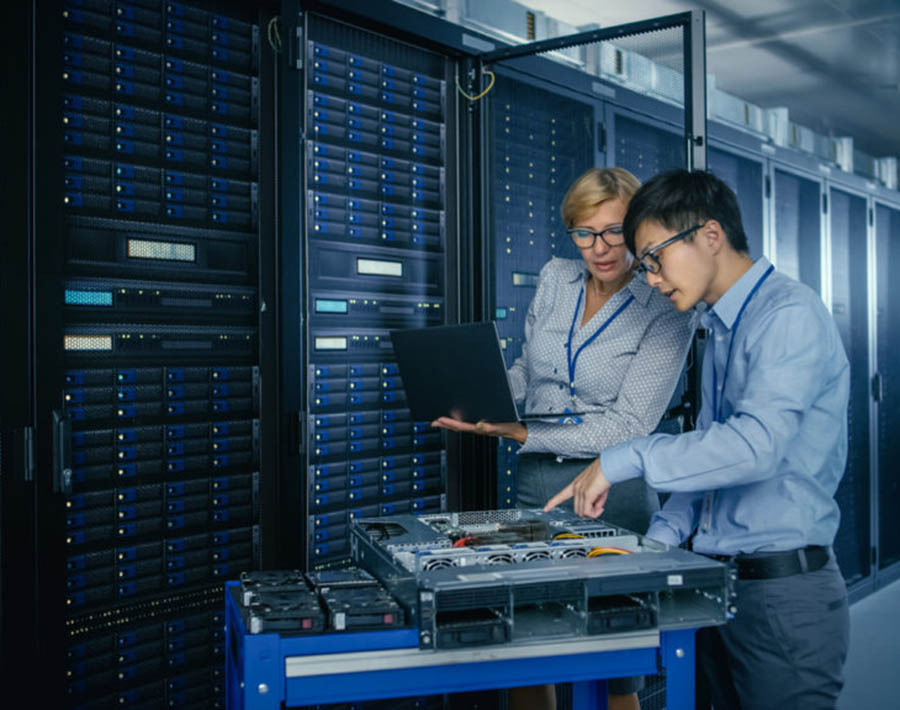
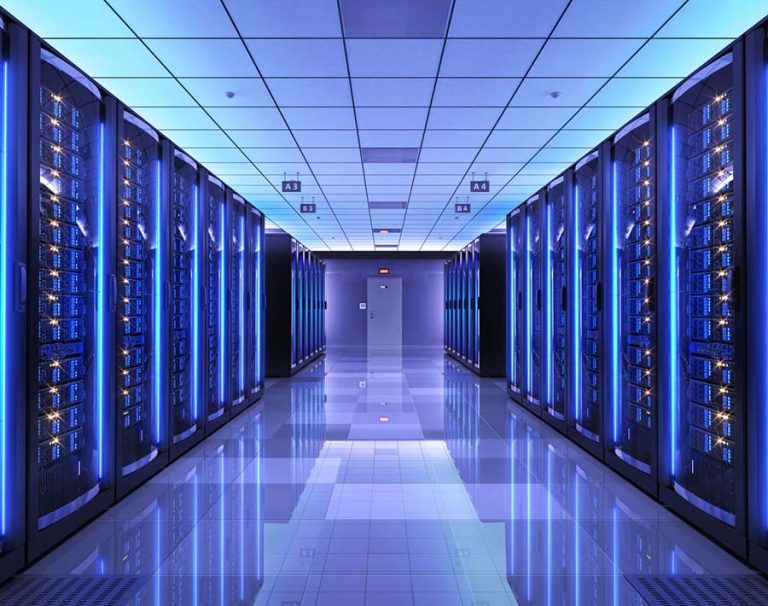






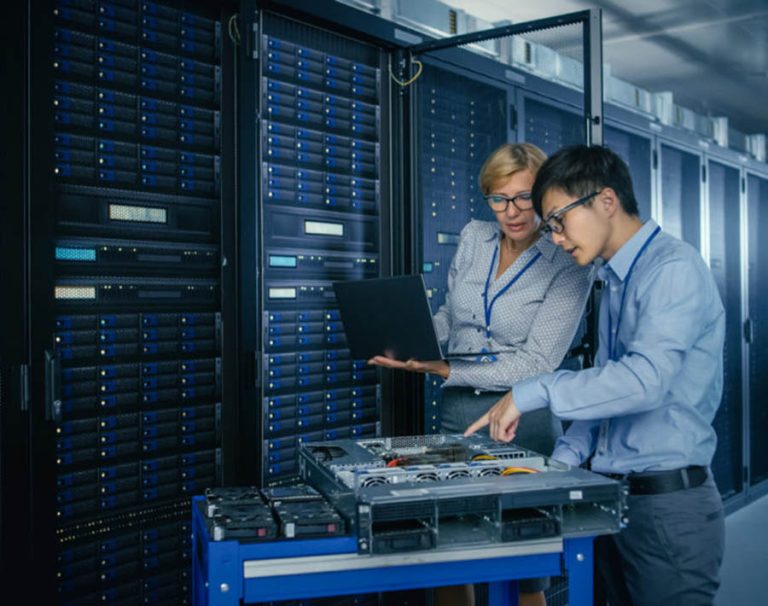


+ There are no comments
Add yours